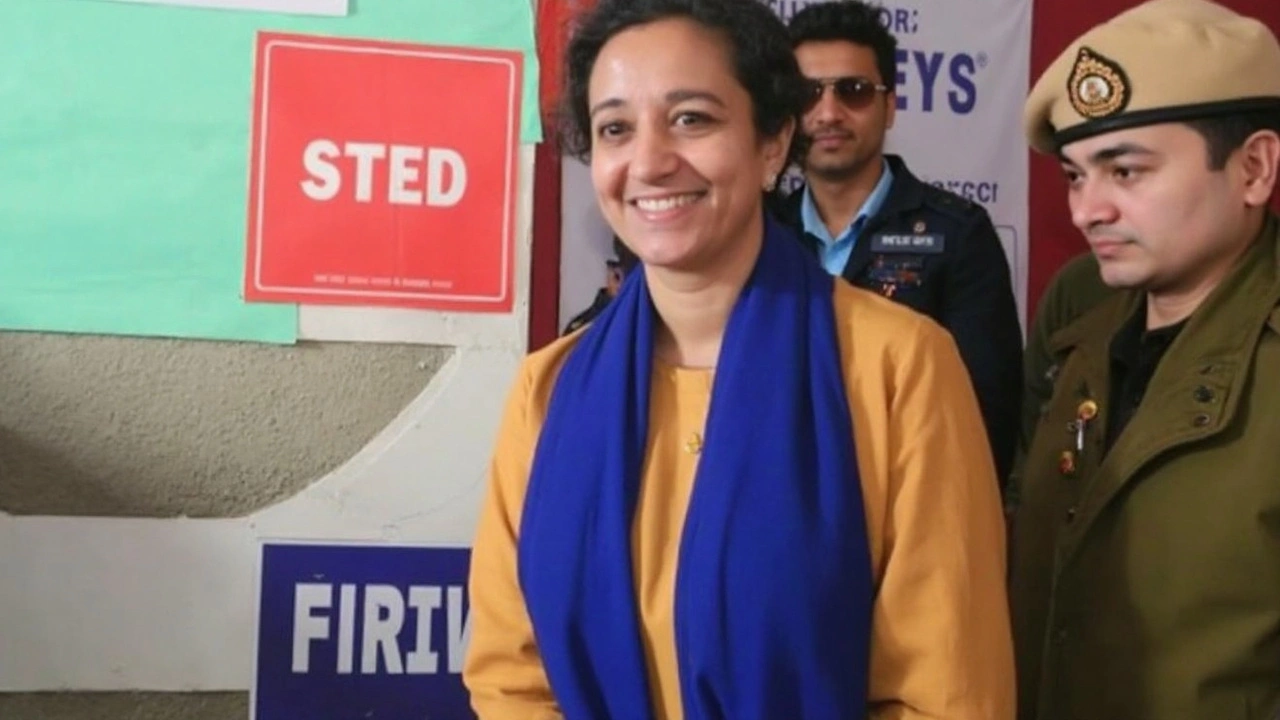Kalkaji Elections: The Dynamic Political Showdown
The political landscape of Kalkaji, a vital constituency in Delhi, was the scene of a fierce electoral contest in the 2025 Assembly elections. Making this contest gripping were three notable figures: incumbent Chief Minister Atishi from the Aam Aadmi Party (AAP), Bharatiya Janata Party's (BJP) fiery MP Ramesh Bidhuri, and experienced Congress leader Alka Lamba.
The provisional voter turnout hit 54.59%, portraying the constituency's significance and engagement among citizens, albeit lower than previous years. This battleground was under the spotlight, drawing attention from political enthusiasts across the country.
Vote Counts and Historical Echoes
In a hair-raising vote tally, Ramesh Bidhuri edged out Atishi by a mere number, clinching 36,256 votes (47.49%), while Atishi closely followed with 36,018 votes (47.18%). The Congress candidate, Alka Lamba, lagged significantly, securing only 3,009 votes (3.94%). Minority and independent candidates made a minimal impact with collective votes under 1%, adding to the intense focus on the two leading party representatives.
This year's close contest reminded voters and analysts alike of past electoral outcomes in the region. In 2020, Atishi won the seat with a comfortable margin, securing 55,897 votes against BJP's Dharmveer Singh, whereas the earlier 2015 elections saw AAP's Avtar Singh hold the fort with a substantial lead.
Candidate Insights and Political Dynamics
- Atishi (AAP): As the Delhi Chief Minister and a prominent figure in educational reforms, Atishi entered the race seeking reaffirmation of her leadership.
- Ramesh Bidhuri (BJP): Batuched as a fiery orator and key BJP figure, Bidhuri aimed to revamp the seat held by AAP, banking on a ground-level resurgence.
- Alka Lamba (Congress): Once part of AAP, her shift to Congress was viewed as a strategic attempt to reclaim her political standing, though this election saw meager electoral success.
The exit polls initially painted a picture favoring BJP, but reality unfolded with unexpected neck-and-neck final counts between Atishi and Bidhuri. Kalkaji's demographics, from East of Kailash to Govindpuri, played a critical role in the nuanced outcomes.
The results cast a glaring light on the political dynamics within Delhi, asserting AAP's sturdy grip while signaling BJP's thrust into prominence, and leaving Congress to reflect on evolving strategies.
